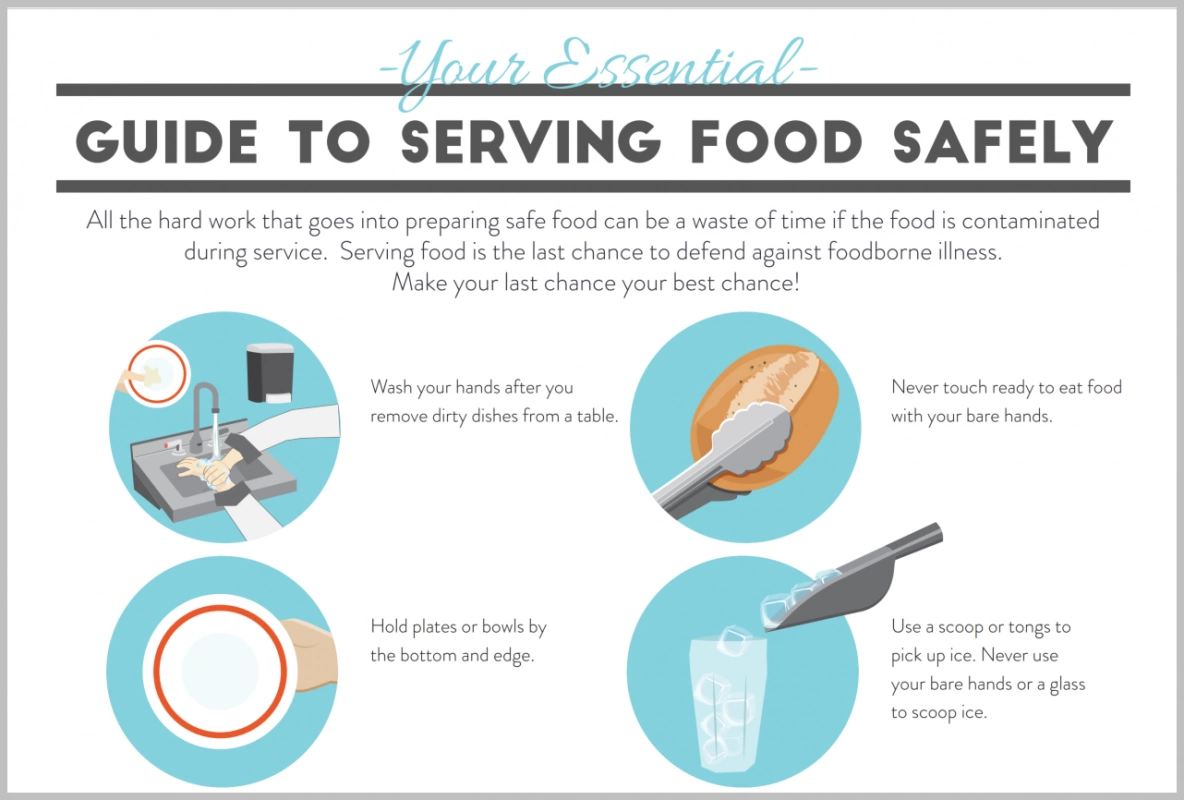
Canadians: You Need to Step Up Your Home Food Safety Game
Most Canadians are vigilant and aware of food safety processes when dining out, but multiple studies show that they are not nearly as aware of their own food safety practices in the home.
A recent poll conducted by the federal government revealed that Canadians are actually becoming less aware of proper food handling and preparation guidelines, as well as the dangers associated with foodborne illnesses. The study revealed that even pregnant women and seniors responded that they do not feel more at risk for developing foodborne illness or food poisoning.
Examine your food safety practices at home
The first step towards better food safety at home is to take a step back and examine what you’re doing right or wrong. This should begin with your shopping habits, before your food even reaches the home.
Time-sensitive foods like poultry, dairy, and other meats should be collected immediately before checking out at the grocery store, as this presents far less risk that these foods will be exposed to dangerous foodborne bacteria. Ideally, these products should also be stored inside insulated grocery bags - especially if you’re in for a long commute or plan on stopping elsewhere.
Once you get home, ensure that food is stored away correctly in the refrigerator or freezer, and that both of these storage locations are set to the correct temperature to minimize bacterial growth.
In the home, you will need to examine how often (and how thoroughly) you’re washing your hands, fruits and vegetables, as well as
cleaning and sanitizing surfaces like countertops and tables - this is especially important to do while you’re preparing foods like poultry. Proper washing and cleaning before, during, and after cooking is one of the most effective ways to minimize the potential for foodborne illness.
Another simple food safety precaution that many fail to take is to use a digital thermometer to measure the internal temperature for all meat products being prepared - not only is this step extremely quick and easy, but can help you to avoid contracting major foodborne illnesses.
Knowing the
safe internal temperatures of meat products is important, as they vary depending on type - for example, whole poultry is safest at 82°C, but ground beef is safest at 71°C. During the preparation phase, hot foods should be kept above 60°C at all times, and foods should always be kept out of the “danger zone”, which is between 4°C and 60°C, and is the temperature range at which dangerous bacteria grows rapidly. Other common food safety habits in the home that should be undertaken include proper storing of leftovers, avoiding cross contamination of utensils, tools, and plates, and ensuring that proper thawing and defrosting techniques are always employed.
Raise your food recall awareness
The Dalhousie University study revealed that there were 155 significant food recall events in 2017, with the majority of respondents (60%) believing that there were less than 50 in total - this major discrepancy is extremely disturbing, and shows that Canadians need to significantly raise their awareness of food recalls.
Raising your awareness of food recall events is far easier than it sounds - it should begin with
regularly checking warnings from the Canadian Food Inspection Agency to see if the items in question match the lot numbers and UPC barcodes of foods in your home. You can even sign up for email alerts on the site if you want to. If you do find items that have been recalled in your home, they should immediately be disposed of or returned to the vendor you purchased it from. Following the CFIA and other food safety organizations on social media can also ensure that you are constantly connected to them and made aware of any major food recall events, increasing your awareness and making you far less likely to consume dangerous recalled foods.



